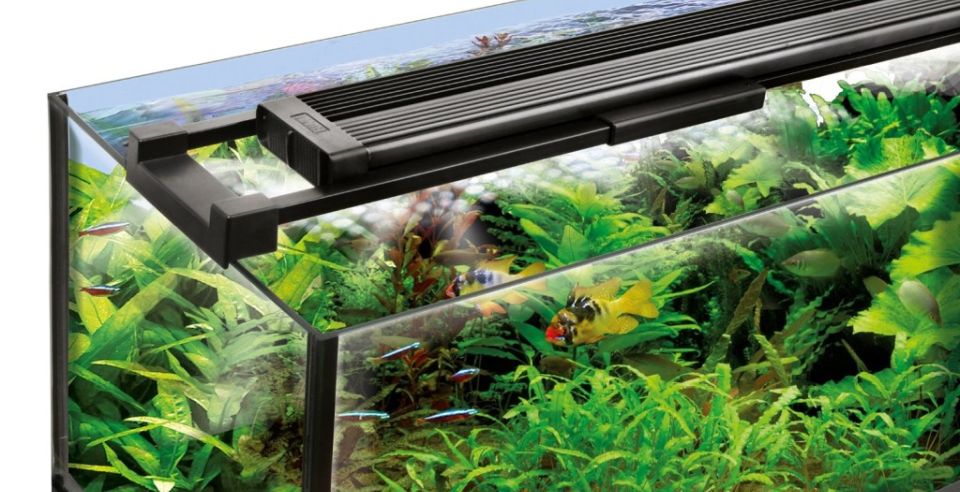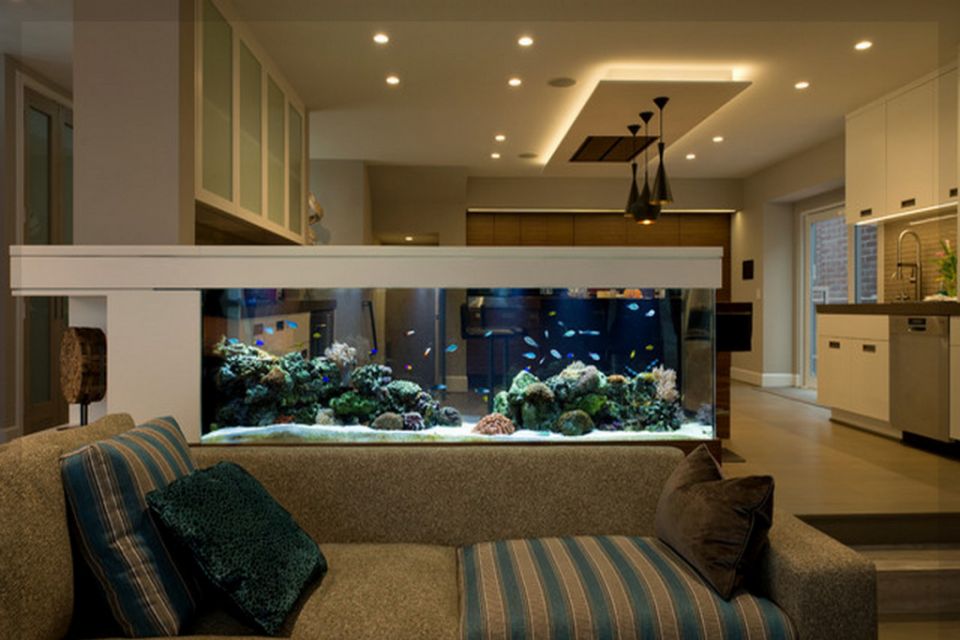LED lighting for your aquarium: Switching from Tubes is not difficult
Lighting in an aquarium: In addition to filtering and heating, the most important technical element in an aquarium is probably the lighting. Here, the classic fluorescent tube is used for several years. In addition, there are also lighting systems with HQI lamps. Recently, however, LED lighting has also been increasingly installed in new aquariums. One can already speak of a standard here , especially for smaller tanks. Switching is no longer difficult and can also be carried out on existing aquarium lighting systems. Here we will show you how this works and what you need to do it. But we should also look more closely at the advantages of LED lighting. Let's start with that, then.

What is the advantage of LED lighting in an aquarium?
Let's first take a look at the advantages of LED lighting in the aquarium. If you are familiar with the power and also with the illuminance in LUX or lumen, you know that with an LED luminaire you need considerably less power in watts for the same luminous intensity as with an incandescent lamp or also with a fluorescent lamp. This means that where they previously needed e.g. 20 watts of power, they can now manage with just 5 watts. And all this with the same luminous efficacy. Of course, this also has an impact on electricity consumption. Maintenance costs are thus considerably lower.
Do you still an LED aquarium lighting? The following are my reccomendations when it comes to the perfect lighting of your fishtank.
Simple LED lighting for many aquarium sizes at an unbeatable price!
LED lighting with impressive daylight simulation for many aquarium sizes
A further important point, with the advantages of the LED lighting is also the substantially smaller heat propagation. Those who work with LED lighting will soon notice that considerably less heat is emitted into the aquarium. This can be an advantage, especially in summer. Here one has substantially lower heat loads on the water and a cooling can no longer become necessary. In winter, the heating of the aquarium may have to work harder and also consume more electricity. Nevertheless, in the end this is a compensation.
In addition, a word must also be said about durability, because LED lamps last much longer than conventional fluorescent tubes. These can last up to 10 years.
Perhaps a word about efficiency. Since the luminous efficacy of the fluorescent tube is all around and of the LED luminaire only downwards, much less power is needed and a higher efficiency can be spoken of. That is why there are also reflectors for fluorescent tubes, which are not necessary for LED lamps. Let's summarize the main advantages once again:
- LED lamps require less power
- Savings in maintenance costs
- Longer service life of the lamps
- Less heat propagation
- More efficient than fluorescent tubes

The possibilities of converting existing light sources to LEDs
If you still have an old lighting with the conventional fluorescent tubes and would like to convert them to LEDs, then there are several possibilities. The probably simplest is to change the complete attachment and cover. Various manufacturers such as Eheim or Juwel offer possibilities for this. The problem here is usually the price and the appropriate dimensions.
Another possibility is to work with so-called adapters. Here, adapters are inserted or screwed into the existing holders of the fluorescent tubes and the light sources are then simply mounted in them. However, these are then not supplied with power via the conventional power supply units, but with an extra power supply unit and also with extra connection options. There are already finished products from Sera which we can only recommend at this point.
Of course, you can also work with clip-on lamps. But even there you will need suitable dimensions and also need a transparent cover of the aquarium, if you do not operate the aquarium open. Let's recapitulate briefly.
- Replacing the aquarium cover
- Use Universal Covers from Eheim or Juwel
- Use LED light source with adjustable rail
- Using LED fluorescent lamps with adapters
No matter which option you choose, it makes sense to take the step into LED technology. The advantages speak for themselves.



